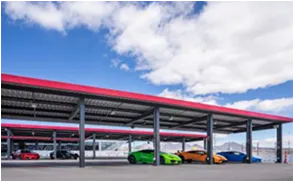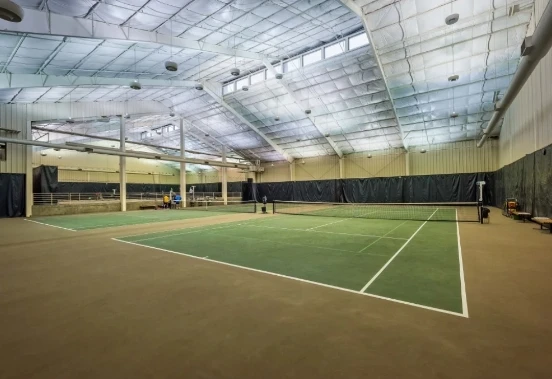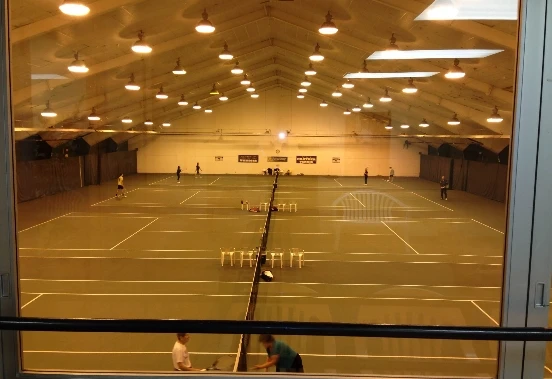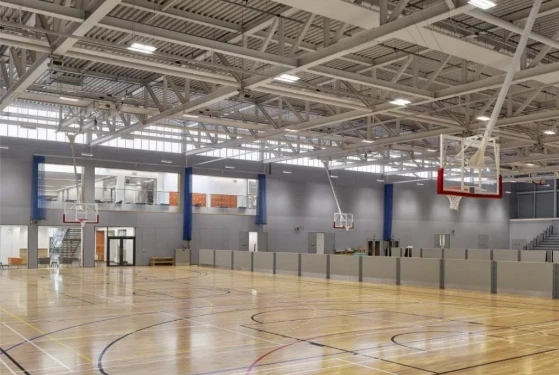- Afrikaans
- Albanian
- Amharic
- Arabic
- Armenian
- Azerbaijani
- Basque
- Belarusian
- Bengali
- Bosnian
- Bulgarian
- Catalan
- Cebuano
- Corsican
- Croatian
- Czech
- Danish
- Dutch
- English
- Esperanto
- Estonian
- Finnish
- French
- Frisian
- Galician
- Georgian
- German
- Greek
- Gujarati
- Haitian Creole
- hausa
- hawaiian
- Hebrew
- Hindi
- Miao
- Hungarian
- Icelandic
- igbo
- Indonesian
- irish
- Italian
- Japanese
- Javanese
- Kannada
- kazakh
- Khmer
- Rwandese
- Korean
- Kurdish
- Kyrgyz
- Lao
- Latin
- Latvian
- Lithuanian
- Luxembourgish
- Macedonian
- Malgashi
- Malay
- Malayalam
- Maltese
- Maori
- Marathi
- Mongolian
- Myanmar
- Nepali
- Norwegian
- Norwegian
- Occitan
- Pashto
- Persian
- Polish
- Portuguese
- Punjabi
- Romanian
- Russian
- Samoan
- Scottish Gaelic
- Serbian
- Sesotho
- Shona
- Sindhi
- Sinhala
- Slovak
- Slovenian
- Somali
- Spanish
- Sundanese
- Swahili
- Swedish
- Tagalog
- Tajik
- Tamil
- Tatar
- Telugu
- Thai
- Turkish
- Turkmen
- Ukrainian
- Urdu
- Uighur
- Uzbek
- Vietnamese
- Welsh
- Bantu
- Yiddish
- Yoruba
- Zulu
دېكابىر . 23, 2024 10:55 Back to list
The Evolution and Benefits of Steel Frame Buildings
In the construction industry, the emergence of steel frame buildings has revolutionized architectural practices and urban design. This innovative method, characterized by the use of steel columns, beams, and girders, has become a cornerstone of modern architecture, enabling the creation of structurally resilient and aesthetically pleasing buildings.
Steel frame construction traces its roots back to the late 19th century, during a period of unprecedented industrial growth. The invention of the steel girders allowed architects and engineers to conceptualize and realize designs that were previously unimaginable. The first notable example of this technology was the Home Insurance Building in Chicago, completed in 1885. This skyscraper, regarded as the first modern high-rise, demonstrated the potential of steel frames to support taller structures while minimizing the footprint of the building.
One of the primary benefits of steel frame buildings is their inherent strength. Steel, compared to traditional materials such as wood or masonry, is remarkably strong, allowing for larger spans and open floor plans. This flexibility is particularly advantageous in designing commercial buildings, where open spaces can facilitate better space utilization and adaptability. The strength of steel also translates to resistance against extreme weather conditions, including heavy winds and earthquakes, ensuring the safety and longevity of the structure.
Another significant advantage of steel frame buildings is their construction speed. The prefabrication process allows for steel components to be manufactured off-site before being transported to the construction site for assembly. This efficiency not only accelerates completion but also reduces labor costs and minimizes the disruption typically associated with construction projects. By employing advanced construction techniques, such as modular building systems, developers can further enhance speed and efficiency, addressing the growing demand for quick and cost-effective building solutions.
steel frame buildings

Additionally, sustainability is an increasingly critical consideration in construction, and steel frame buildings offer numerous environmental benefits. Steel is one of the most recycled materials globally, with a significant portion of the steel used in construction derived from recycled sources. This characteristic reduces the ecological footprint associated with material production. Furthermore, the durability of steel means that steel frame buildings have a longer lifecycle, resulting in reduced waste and lower maintenance costs over time. Incorporating energy-efficient designs can also optimize the overall sustainability of these structures, contributing to reduced operating costs and environmental impact.
The aesthetic appeal of steel frame buildings cannot be understated. The versatility of steel allows for a diverse range of architectural styles, from sleek modern skyscrapers to innovative residential designs. Architects can easily manipulate steel to create unique shapes and facades, pushing the boundaries of design imagination. The ability to combine steel with other materials, such as glass, further enhances the visual impact and functionality of a building, creating bright, open spaces filled with natural light.
Moreover, the use of steel frames contributes to the overall safety of buildings. Steel is not only fire-resistant but also less susceptible to rot or pest-related damage compared to traditional building materials. This resilience ensures that buildings maintain their structural integrity over time, providing peace of mind to owners and occupants alike.
As urban populations continue to rise and the demand for efficient, durable, and sustainable buildings grows, steel frame construction will play an increasingly pivotal role in shaping the skylines of the future. The adaptability of steel frames meets the diverse needs of various sectors, including residential, commercial, and industrial applications. This versatility, coupled with the advancements in technology and design, positions steel frame buildings as a leading choice in modern construction.
In conclusion, steel frame buildings embody the perfect fusion of innovation, strength, and design flexibility. As we look ahead, the ongoing evolution of construction techniques and materials will likely enhance the already significant advantages of steel frames. By championing sustainability and efficiency, the adoption of steel frame buildings will undoubtedly continue to redefine the architectural landscape, meeting the needs of our growing populations while preserving the environment for future generations.
-
The Rise of Prefabricated Metal Structures in Modern Industry
NewsJul.28,2025
-
The Landscape of Prefabricated Metal Building Solutions
NewsJul.28,2025
-
Analyzing Costs and Pricing Dynamics in Prefabricated Steel and Metal Buildings
NewsJul.28,2025
-
Advance Industrial Infrastructure with Prefabricated Steel Solutions
NewsJul.28,2025
-
Advancing Industrial Infrastructure with Prefabricated Metal Warehousing Solutions
NewsJul.28,2025
-
Advancing Industrial and Commercial Spaces with Prefabricated Steel Solutions
NewsJul.28,2025
Products categories
Our Latest News
We have a professional design team and an excellent production and construction team.












